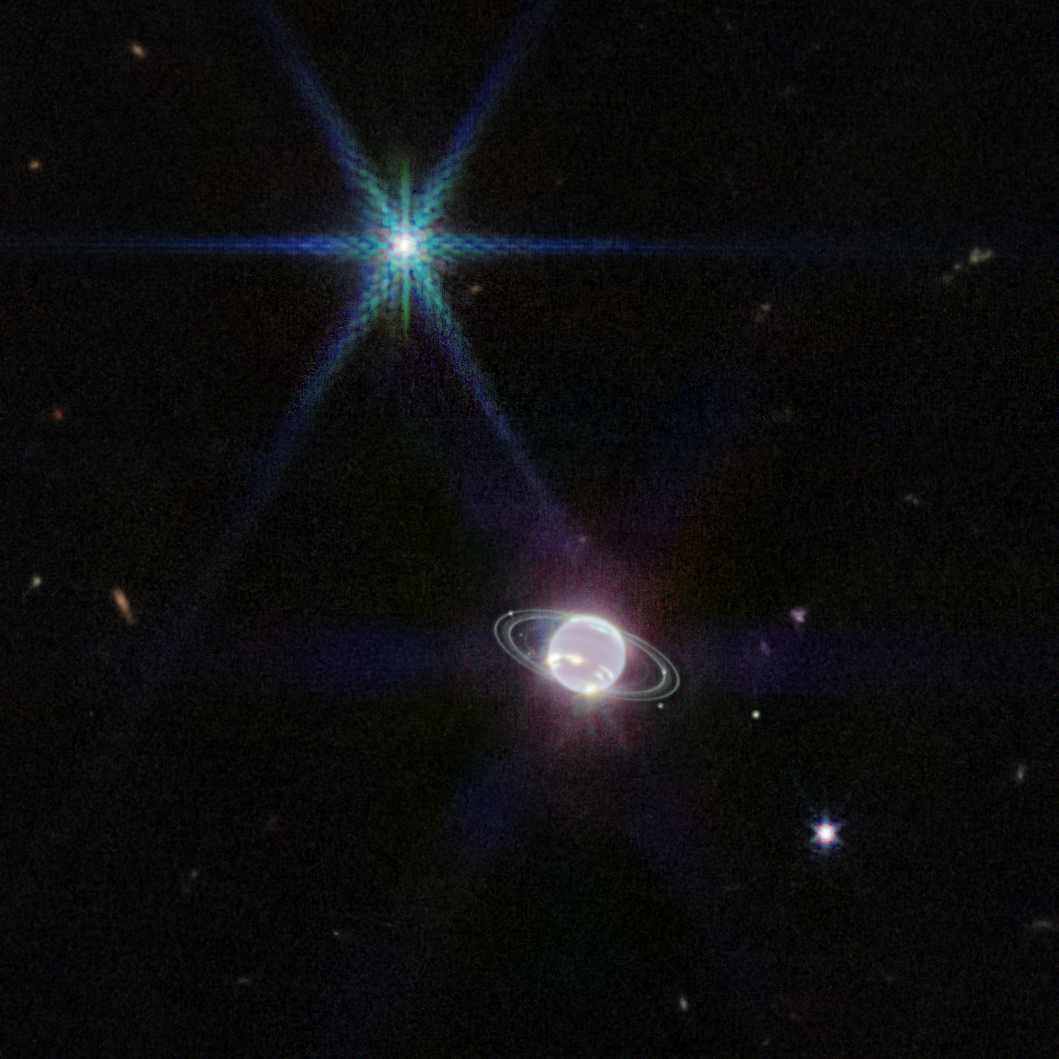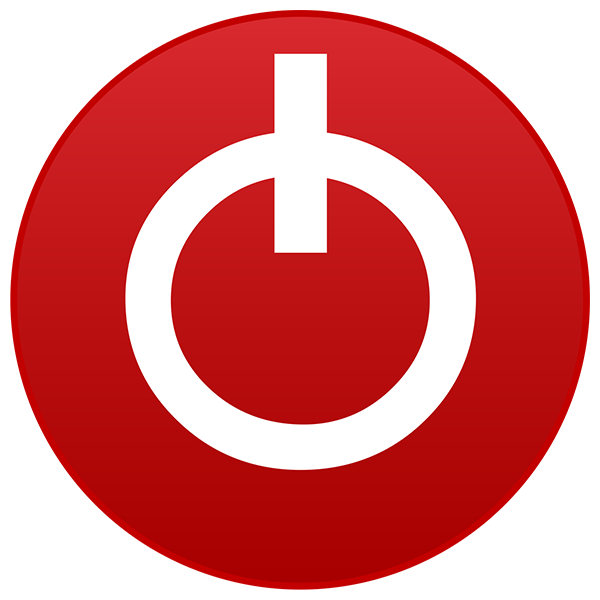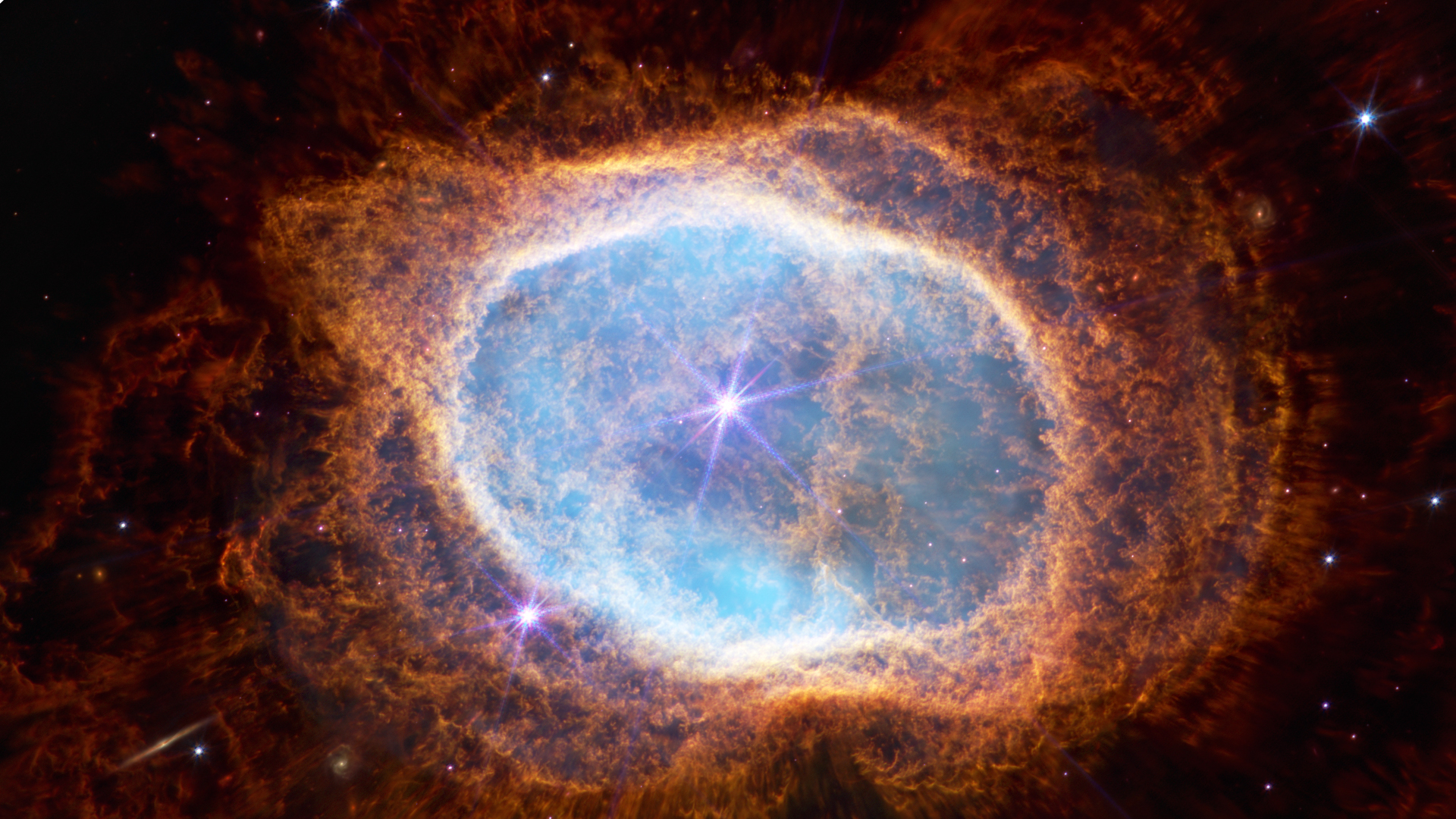- Joined
- Jul 3, 2021
- Messages
- 1,143 (0.79/day)
- Location
- usually in my shirt
| Processor | 3900x - Bykski waterblock |
|---|---|
| Motherboard | MSI b450m mortar max BIOS Date 27 Apr 2023 |
| Cooling | αcool 560 rad - 2xPhanteks F140XP |
| Memory | Micron 32gb 3200mhz ddr4 |
| Video Card(s) | Colorful 3090 ADOC active backplate cooling |
| Storage | WD SN850 2tb ,HP EX950 1tb, WD UltraStar Helioseal 18tb+18tb |
| Display(s) | 24“ HUION pro 4k 10bit |
| Case | aluminium extrusions copper panels, 60 deliveries for every piece down to screws |
| Audio Device(s) | sony stereo mic, logitech c930, Gulikit pro 2 + xbox Series S controller, moded bt headphone 1200mAh |
| Power Supply | Corsair RM1000x |
| Mouse | pen display, no mouse no click |
| Keyboard | Microsoft aio media embedded touchpad (moded lithium battery 1000mAh) |
| Software | Win 11 23h2 build 22631 |
| Benchmark Scores | cine23 20000 |
This is so 4k. I can live here. Yummy












